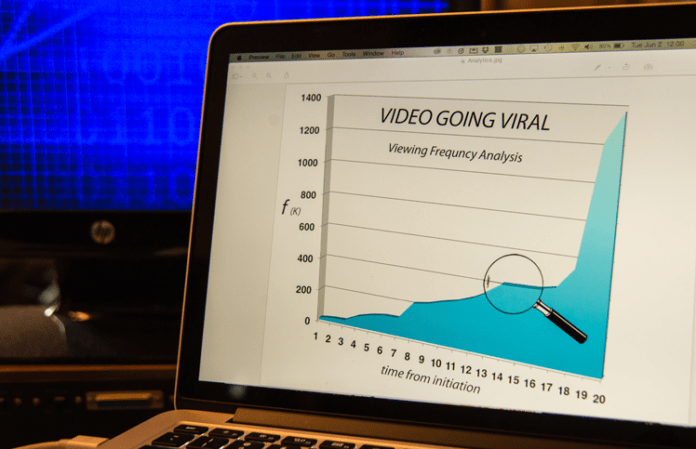It’s a cliché, but information is power, and this might be most evident in the business world. Over the past several years, data collection has exploded in popularity, and business analytics is becoming even more important to help a company stand out, particularly when it comes to marketing campaigns. Well-known magazines are extolling the virtues of paying attention to collection and analysis of data. Even the Small Business Administration is starting to explore how small businesses are using big data in today’s technology-infused world.
Data is everywhere and although big business has been successfully collecting and analyzing data for years, it’s the small- and medium-sized businesses that sometimes miss out on the opportunities that can be gleaned from this information. Some business owners may be intimidated by the process or cost of data analysis, while others may simply not realize how much information is out there that they can use to help their business and their clients.
“A lot of people don’t even realize how much information they are already collecting, either out of ignorance or even fear, which they use as an excuse to avoid the topic,” said Robert Leary, president of Robert Leary Consulting, a five-year-old Vancouver-based consulting firm that works with small- and medium-sized businesses to help increase their visibility and profitability.
“Data is important to make the right decisions, particularly because there’s no such thing as the yellow pages anymore,” he added. “Businesses small, medium and large are doing themselves a disservice if they are not interacting with their data.”
Data improving efficiency
At Vancouver-based Profit Hawk, an enterprise optimization firm, President Andrew Bielat said that it’s less about a data explosion, and more of a data implosion.
“We look at a customer’s data – their prices, quantities, production capabilities, marketing information –and identify the most profitable plan,” Bielat said.
Profit Hawk’s professionals use a system that includes activity-based concepts as drivers of linear programming to create a model of profit and loss.
“This simulates exactly what the company has and what they’ll get with a new optimization plan,” Bielat explained.
Because information is so powerful, there’s a suggestion that owners make analytics the core of their business. Bielat disagrees with this idea.
“If you’re a steel or wood products company and your core competency is in steel or wood, you can’t have that core competency and have another core competency in data analytics. It’s an oxymoron,” Bielat said.
Data analysis brings change
While experts can debate the best use of analytics in business, its impact is clear. According to Joseph A. Cote, professor of economics at Washington State University Vancouver, data collection and analysis has revolutionized the marketing industry, particularly when it comes to pricing.
“Large manufacturers and retailers are setting prices differently for individual purchasers,” he said. “It could be the store coupons you are sent – or not sent. If you are purchasing online, the price you are quoted may be different that what someone else sees. Prices change from day to day or hour to hour. Price deals can be offered using your location as a determinant.”
The entertainment industry has also seen huge changes due to data analysis, Cote noted.
“Historically, entertainment has been targeted toward young males supported by mass market advertising. But now with data analytics and distribution options, we are starting to see more targeted entertainment offerings. Ever watched Grace and Frankie? Such a show would have never existed prior to recent developments in data analytics and expanding entertainment options which allowing targeted marketing.”
Getting the data is only the first step
In order to successfully interact with data, it must be understood. Therein lies the challenge, said Cote.
“As the popular press has made clear, everything from purchases, location and even personal events can be gleaned from the apps we use, purchases we make (including in-store with loyalty cards or even credit or debit cards) and what we post in social media or job sites,” he said. “The data is only the starting point. Analysis is also costly. While small businesses can purchase data and analytic services, they are only getting standardized analysis, which may not really provide great insights.”
Cote said that data analytics are only useful when business owners know what they want to get out of it.
“All too frequently people want marketing research to do their thinking for them,” he said. “This tendency is even greater with data analytics. As a statistician, I can tell you that data and analysis are rarely enough to generate insights. Data can be crunched in enumerable ways. [The] method you select has significant effects on the results. Good analysts work with managers to capture their understanding of a market – then use this to guide the analysis. It can be a tedious, time-consuming process and requires more than just analytic skills. Managers are deluding themselves if they think meaningful insights can be gained from purchasing or collecting data, then running a packaged analysis.
For businesses that are just starting to get into data collection and analytics, Leary has this piece of advice:
“Find one new thing to start doing each month. Get Google Analytics. It’s free and a great way to get started,” he said.



